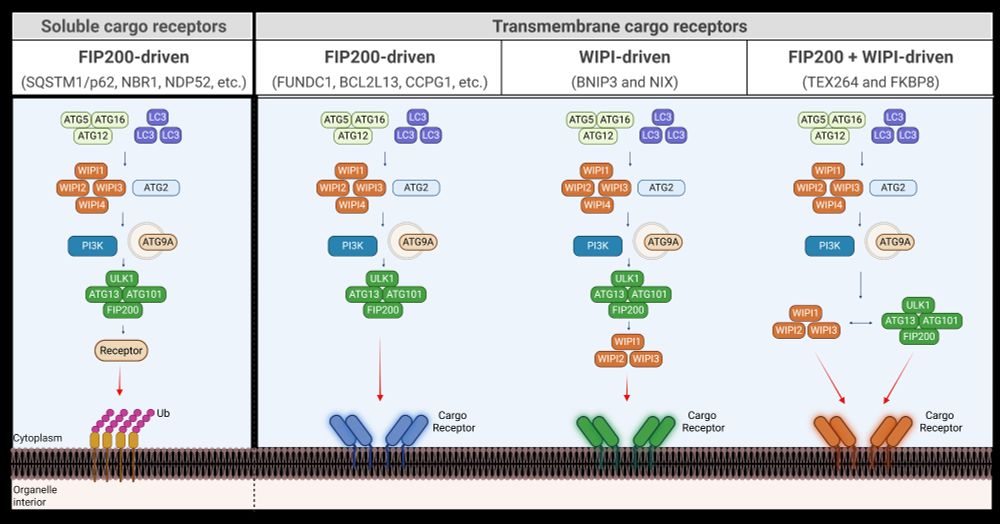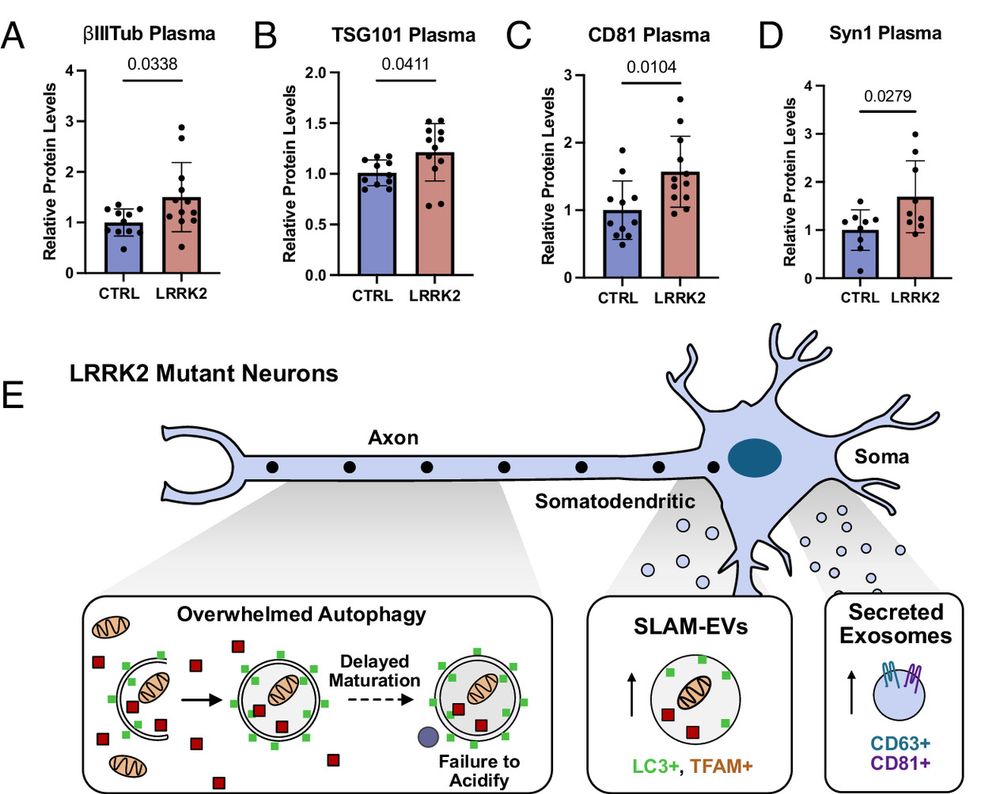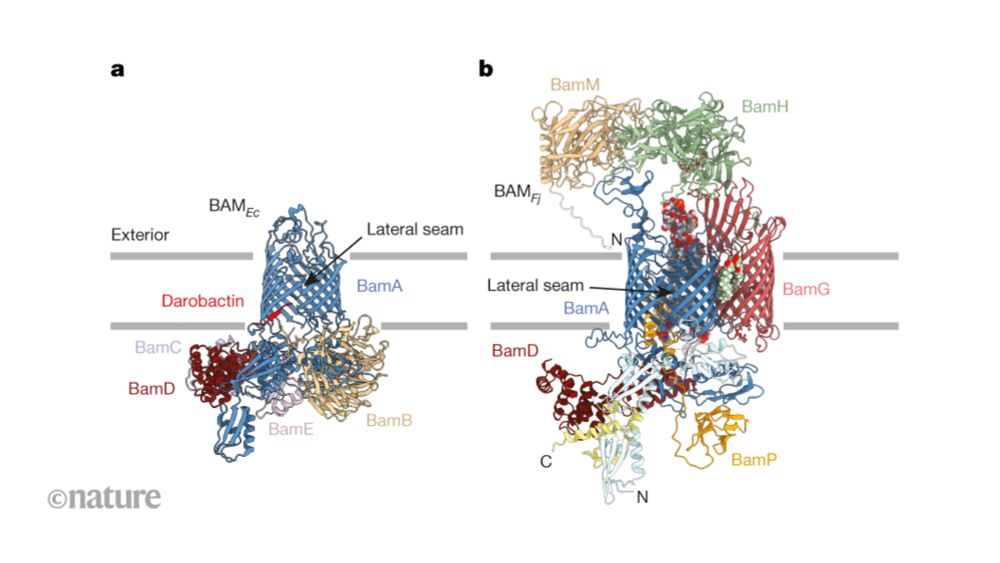Elias Adriaenssens
@elias-adriaenssens.bsky.social
1.4K followers
1.4K following
84 posts
Postdoc with Sascha Martens and Tim Clausen at the Vienna BioCenter (VBC). #MSCA Fellow. Formerly University of Oxford and University of Antwerp.
Posts
Media
Videos
Starter Packs
Pinned
Reposted by Elias Adriaenssens
Reposted by Elias Adriaenssens
Reposted by Elias Adriaenssens
Reposted by Elias Adriaenssens
Reposted by Elias Adriaenssens
Reposted by Elias Adriaenssens
Reposted by Elias Adriaenssens
Reposted by Elias Adriaenssens
Reposted by Elias Adriaenssens
Reposted by Elias Adriaenssens
Reposted by Elias Adriaenssens





















